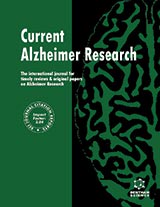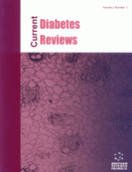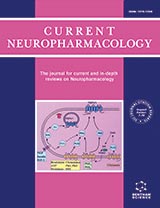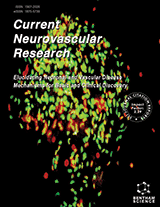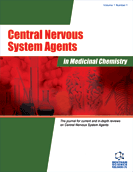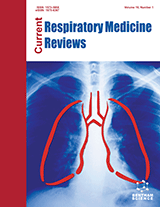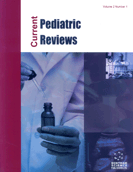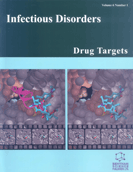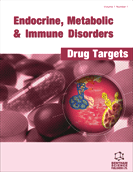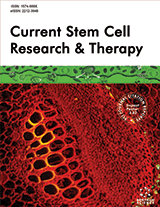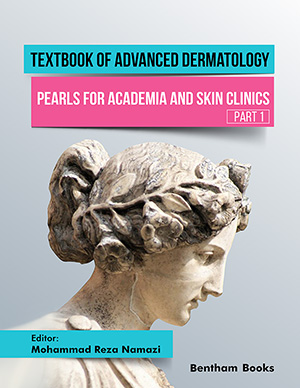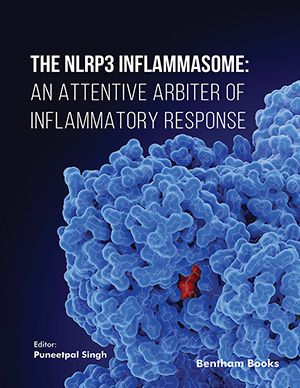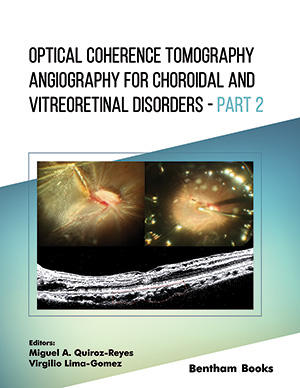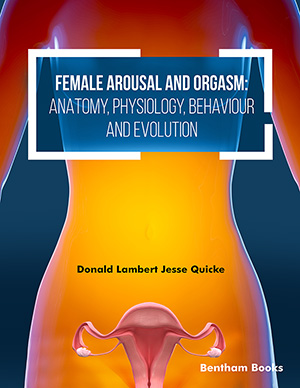Abstract
Background: Frontotemporal Dementia (FTD) is a heterogeneous group of disorders and the second most frequent cause of early onset dementia making it the highest number of inherited cases.
Review Summary: FTD is characterized by considerable variability in clinical, genetic and histopathologic features. Patients may present symptoms ranging from behavioural disturbances to different language disorders, with or without motor neuron disorders or associated parkinsonism. Atrophy in frontal and temporal lobes is the most relevant radiological finding. In the last 10 years, the knowledge of this clinical entity has undergone remarkable changes both genetically and histopathologically, which have served to establish more consistent clinical criteria. Until now, 10 genes causative of FTLD have been described and up to four different proteins causative of atrophy have been detected in aggregates.
Conclusion: This review is mostly addressed to clinicians and aims to provide basic knowledge of these neurodegenerative disorders and clarify the complex FTD scenario.
Keywords: FTLD, phenotypes, proteotypes, genotypes, review, neurologist.
Current Alzheimer Research
Title:Frontotemporal Lobar Degeneration (FTLD): Review and Update for Clinical Neurologists
Volume: 15 Issue: 6
Author(s): Isabel Hernandez*, Maria-Victoria Fernandez, Lluis Tarraga, Merce Boada and Agustín Ruiz
Affiliation:
- Fundacio ACE, Memory Unit. Av Carlos III, 85 bis. Barcelona, ES 08028,Spain
Keywords: FTLD, phenotypes, proteotypes, genotypes, review, neurologist.
Abstract: Background: Frontotemporal Dementia (FTD) is a heterogeneous group of disorders and the second most frequent cause of early onset dementia making it the highest number of inherited cases.
Review Summary: FTD is characterized by considerable variability in clinical, genetic and histopathologic features. Patients may present symptoms ranging from behavioural disturbances to different language disorders, with or without motor neuron disorders or associated parkinsonism. Atrophy in frontal and temporal lobes is the most relevant radiological finding. In the last 10 years, the knowledge of this clinical entity has undergone remarkable changes both genetically and histopathologically, which have served to establish more consistent clinical criteria. Until now, 10 genes causative of FTLD have been described and up to four different proteins causative of atrophy have been detected in aggregates.
Conclusion: This review is mostly addressed to clinicians and aims to provide basic knowledge of these neurodegenerative disorders and clarify the complex FTD scenario.
Export Options
About this article
Cite this article as:
Hernandez Isabel *, Fernandez Maria-Victoria, Tarraga Lluis , Boada Merce and Ruiz Agustín , Frontotemporal Lobar Degeneration (FTLD): Review and Update for Clinical Neurologists, Current Alzheimer Research 2018; 15 (6) . https://dx.doi.org/10.2174/1567205014666170725130819
| DOI https://dx.doi.org/10.2174/1567205014666170725130819 |
Print ISSN 1567-2050 |
| Publisher Name Bentham Science Publisher |
Online ISSN 1875-5828 |
Call for Papers in Thematic Issues
New Advances in the Prevention, Diagnosis, Treatment, and Rehabilitation of Alzheimer's Disease
Aims and Scope: Introduction: Alzheimer's disease (AD) poses a significant global health challenge, with an increasing prevalence that demands concerted efforts to advance our understanding and strategies for prevention, diagnosis, treatment, and rehabilitation. This thematic issue aims to bring together cutting-edge research and innovative approaches from multidisciplinary perspectives to address ...read more
Current updates on the Role of Neuroinflammation in Neurodegenerative Disorders
Neuroinflammation is an invariable hallmark of chronic and acute neurodegenerative disorders and has long been considered a potential drug target for Alzheimer?s disease (AD) and dementia. Significant evidence of inflammatory processes as a feature of AD is provided by the presence of inflammatory markers in plasma, CSF and postmortem brain ...read more
Deep Learning for Advancing Alzheimer's Disease Research
Alzheimer's disease (AD) poses a significant global health challenge, with an increasing number of individuals affected yearly. Deep learning, a subfield of artificial intelligence, has shown immense potential in various domains, including healthcare. This thematic issue of Current Alzheimer Research explores the application of deep learning techniques in advancing our ...read more
Diagnostic and therapeutic biomarkers of dementia
Dementia affects 18 million people worldwide. Dementia is a syndrome of symptoms caused by brain disease, usually chronic or progressive, clinically characterized by multiple impairments of higher cortical functions such as memory, thinking, orientation, and learning. In addition, in the course of dementia, cognitive deficits are observed, which often hinder ...read more
 73
73 17
17
- Author Guidelines
- Graphical Abstracts
- Fabricating and Stating False Information
- Research Misconduct
- Post Publication Discussions and Corrections
- Publishing Ethics and Rectitude
- Increase Visibility of Your Article
- Archiving Policies
- Peer Review Workflow
- Order Your Article Before Print
- Promote Your Article
- Manuscript Transfer Facility
- Editorial Policies
- Allegations from Whistleblowers
- Announcements
Related Articles
-
Matrix Metalloproteinase Inhibition in Atherosclerosis and Stroke
Current Molecular Medicine Amyloid-Targeted Metal Chelation, Anti-Oxidative Stress, and Anti- Inflammation as Potential Alzheimers Therapies
Current Bioactive Compounds miR-15b Suppression of Bcl-2 Contributes to Cerebral Ischemic Injury and is Reversed by Sevoflurane Preconditioning
CNS & Neurological Disorders - Drug Targets Neuroprotective Appraisal of Methanolic Extract of Flowers of Nerium oleander in a Non Classical Rat Model of Alzheimer Disease
The Natural Products Journal Contemporary Anticholinesterase Pharmaceuticals of Natural Origin and Their Synthetic Analogues for the Treatment of Alzheimers Disease
Recent Patents on CNS Drug Discovery (Discontinued) New Agents and Approaches to Treatment in Niemann-Pick Type C Disease
Current Pharmaceutical Biotechnology ATP-Binding Cassette Transporters in Inflammatory Brain Disease
Current Pharmaceutical Design Cannabinoids and Myocardial Ischemia: Novel insights, Updated Mechanisms, and Implications for Myocardial Infarction
Current Medicinal Chemistry Silymarin Extends Lifespan and Reduces Proteotoxicity in C. elegans Alzheimer’s Model
CNS & Neurological Disorders - Drug Targets Phentermine and Topiramate Extended-Release for the Obesity: New Kids on the Block
Recent Patents on Cardiovascular Drug Discovery Adverse Effects of Statins - Myths and Reality
Current Pharmaceutical Design Transcranial Doppler Ultrasonography: Current Status
Current Medical Imaging Evaluation of Insulin Resistance Induced Brain Tissue Dysfunction in Obese Dams and their Neonates: Role of Ipriflavone Amelioration
Combinatorial Chemistry & High Throughput Screening Recombinant Antibody Fragments for Neurodegenerative Diseases
Current Neuropharmacology Stroke in Women
Recent Patents on Cardiovascular Drug Discovery Humanin: A Possible Linkage Between Alzheimer’s Disease and Type 2 Diabetes
CNS & Neurological Disorders - Drug Targets Prediabetic Dysglycemia: Call for Action
Current Diabetes Reviews Stroke as a Consequence of Sleep Apnea: Epidemiology, Pathophysiology and Treatment Strategies
Current Respiratory Medicine Reviews Near Infrared Optical Technologies to Illuminate the Status of the Neonatal Brain
Current Pediatric Reviews Blocking Striatal Adenosine A2A Receptors: A New Strategy for Basal Ganglia Disorders
Recent Patents on CNS Drug Discovery (Discontinued)


